Our History
Westminster School of Arts builds on the legacy of The Harrow School of Art, a powerhouse of creative talent and precursor to today’s University of Westminster.
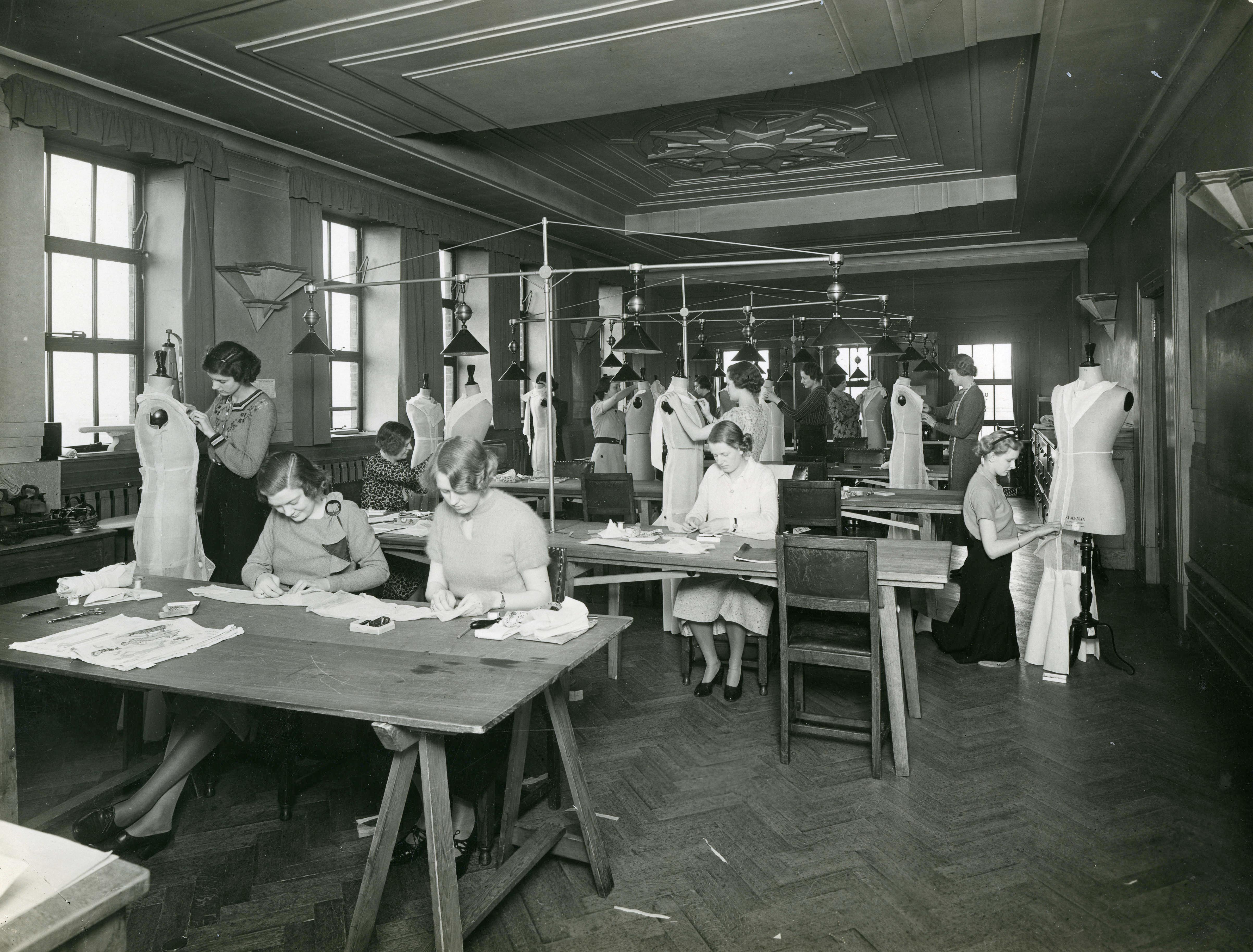
Dressmaking circa 1950. Image Credit: Courtesy of University of Westminster Archive
With tutors like Sir Hugh Casson and Peter Blake, The Harrow School of Art nurtured a generation of innovators, including fashion designers Vivienne Westwood and Malcolm McLaren, who reshaped fashion and music, and musician Charlie Watts, who studied graphics in Harrow before joining The Rolling Stones. A hub of radical ideas and artistic experimentation, its legacy lives on through Westminster’s continued influence on global creativity.
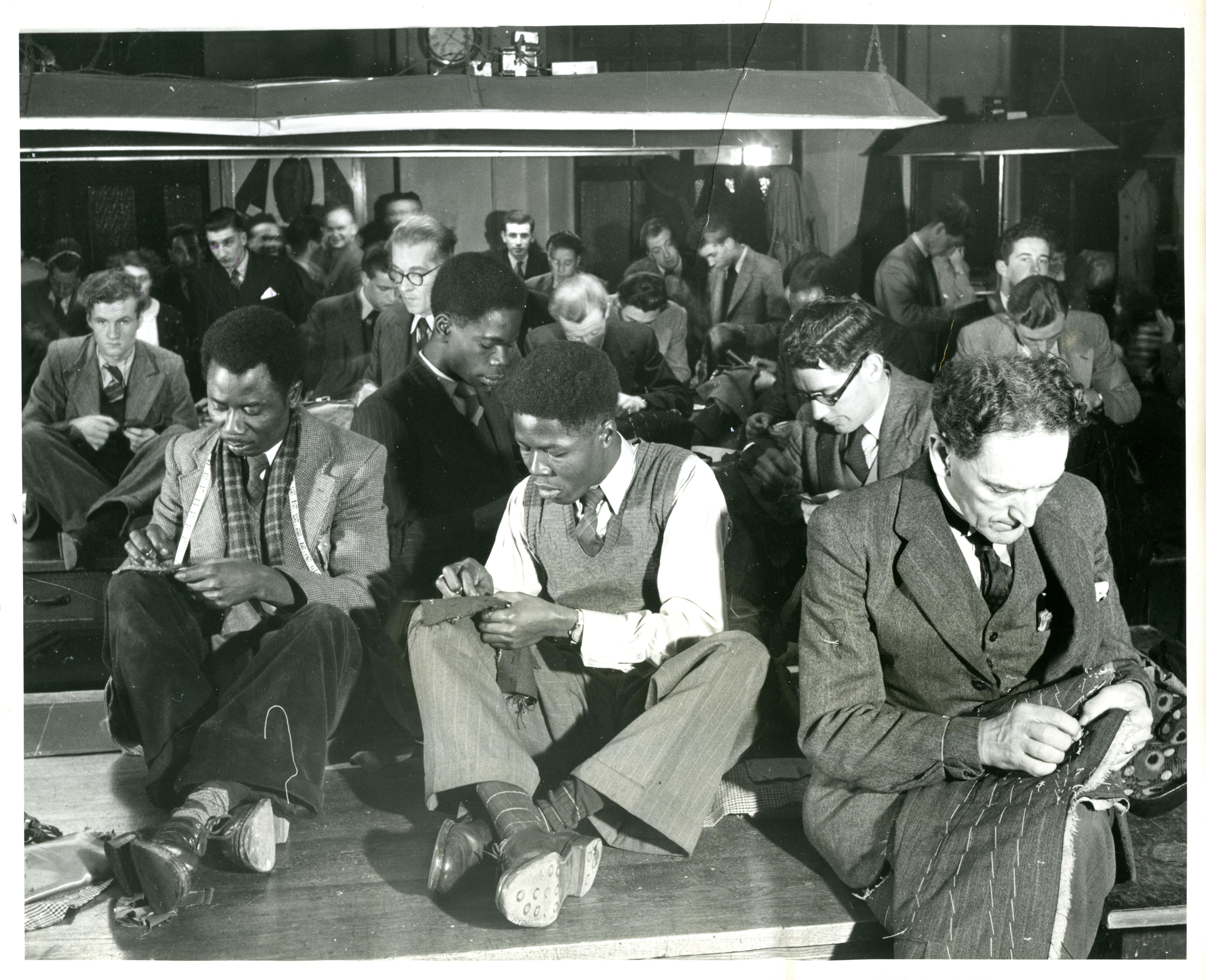
School of Tailoring, 1949. Image Credit: University of Westminster Archive
A History of Firsts
The University of Westminster and its predecessor institutions – the Polytechnic of Central London (PCL), the Regent Street Polytechnic and Harrow School of Art – have always been at the forefront of artistic and technological developments, and creative education. Whether in the world of music, fashion or photography, our history is one of firsts. It was on the roof of our Regent Street Campus that the first photographic portrait studio in Europe was established in 1841. Famously, in 1896, it was at our Regent Street Cinema that the Lumière Brothers organised the first moving picture show in Britain.
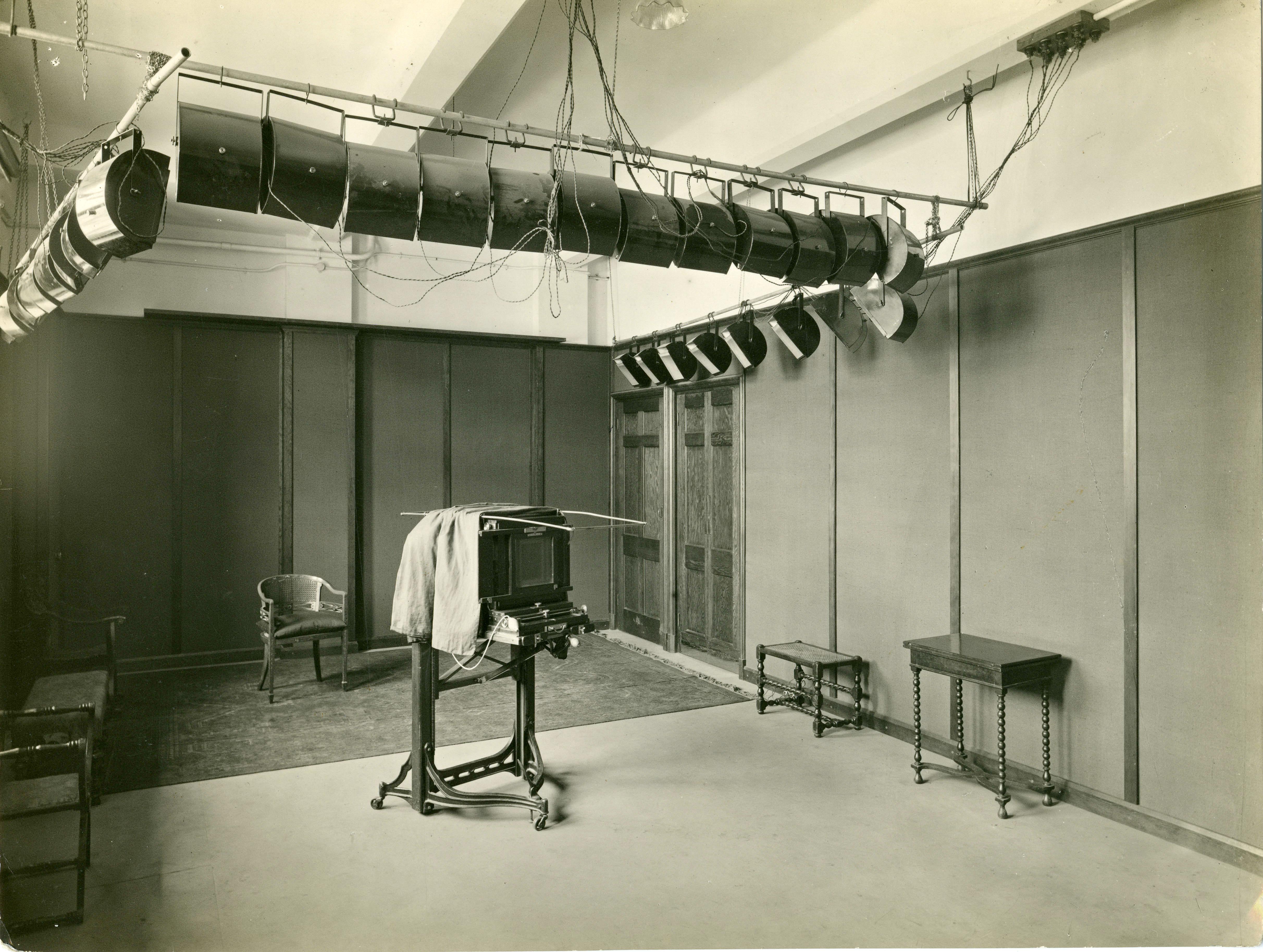
Photography studio circa 1940 Image Credit: University of Westminster Archive
Our History in Harrow
Westminster School of Art has sought to carry on this rich legacy and tradition of innovation and experimentation. Our roots as an art school go all the way back to 1887 when Harrow Technical School was founded. Initially offering courses in art and photography alongside commercial and domestic subjects, Harrow Technical School later became Harrow Technical School and School of Arts and Crafts, before changing its name to Harrow Technical College and School of Art in 1948 and then becoming Harrow College of Higher Education in 1978.
Northwick Park campus, where the Westminster School of Arts is based today has been an art school campus since it first opened in 1961. During the 1960s, Harrow forged relationships with several polytechnics including the Polytechnic of Central London (PCL), with which it later merged in the spring of 1990. Where PCL specialised in fashion, ceramics and photography, Harrow’s incorporation into PCL brought art and design back to the institution. Like many polytechnics, in 1992 the PCL attained University-status, taking the name of the University of Westminster.
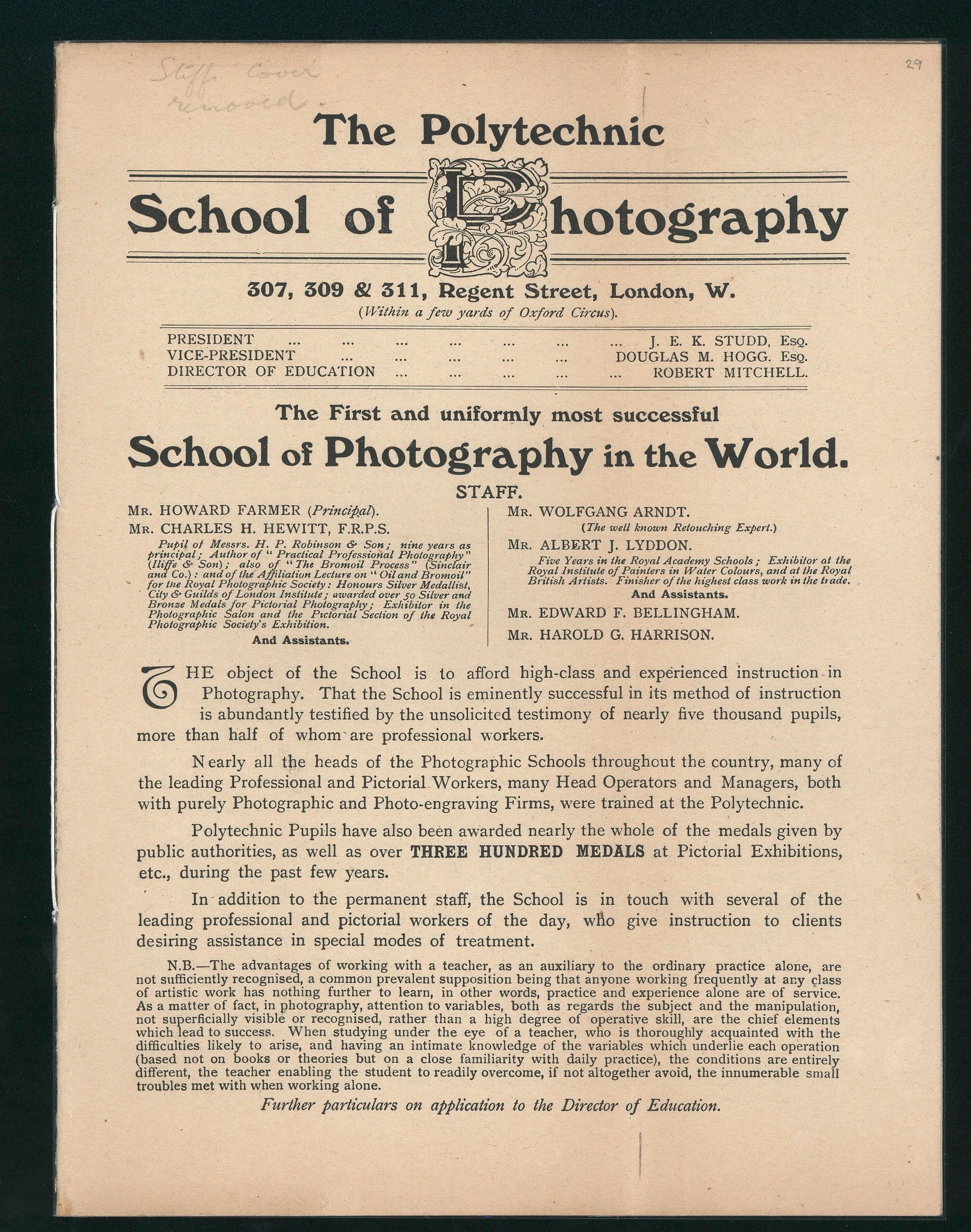
School of Photography 1910 Prospectus
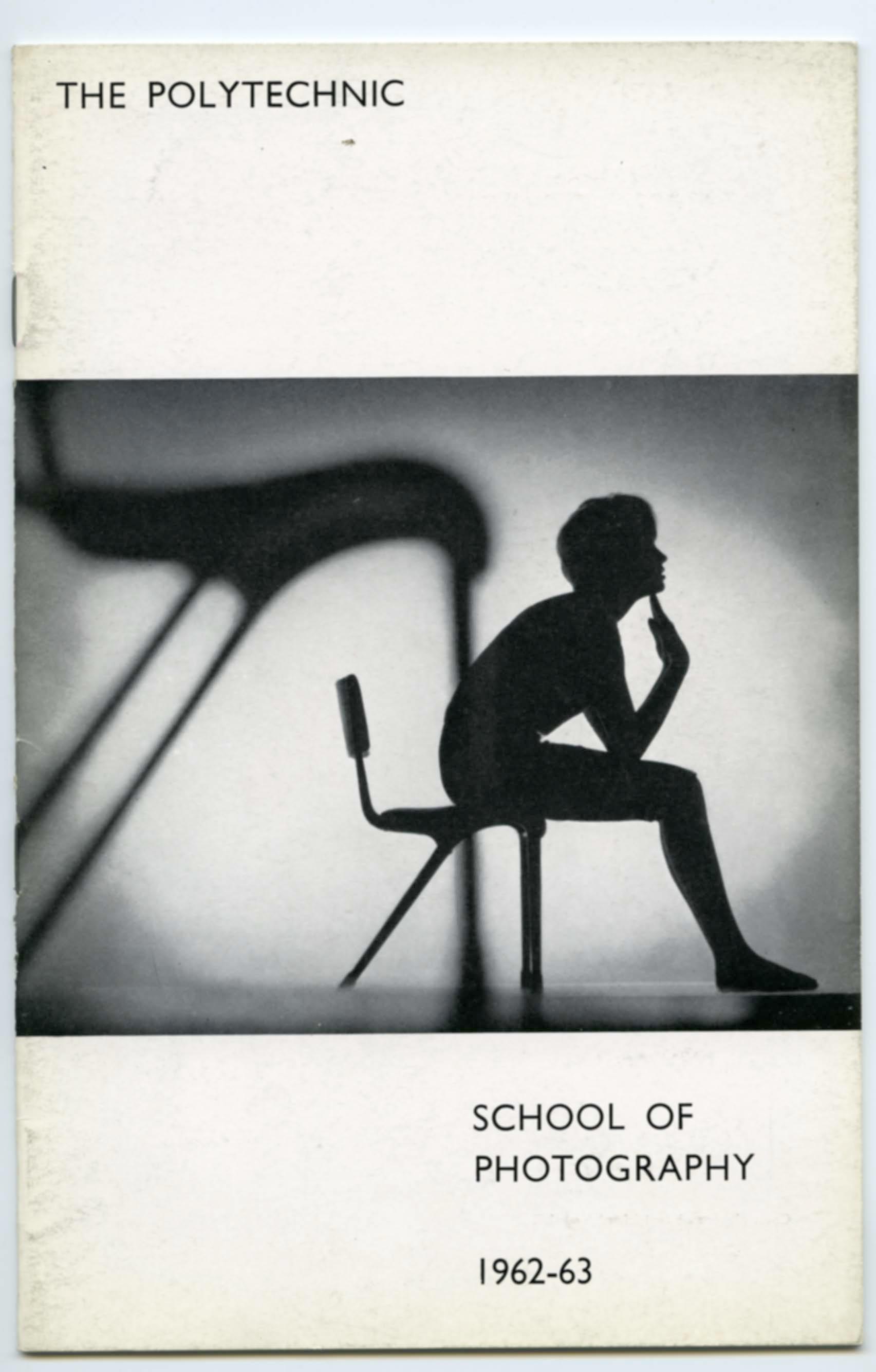
The Polytechnic School of Photography 1962–63 catalogue
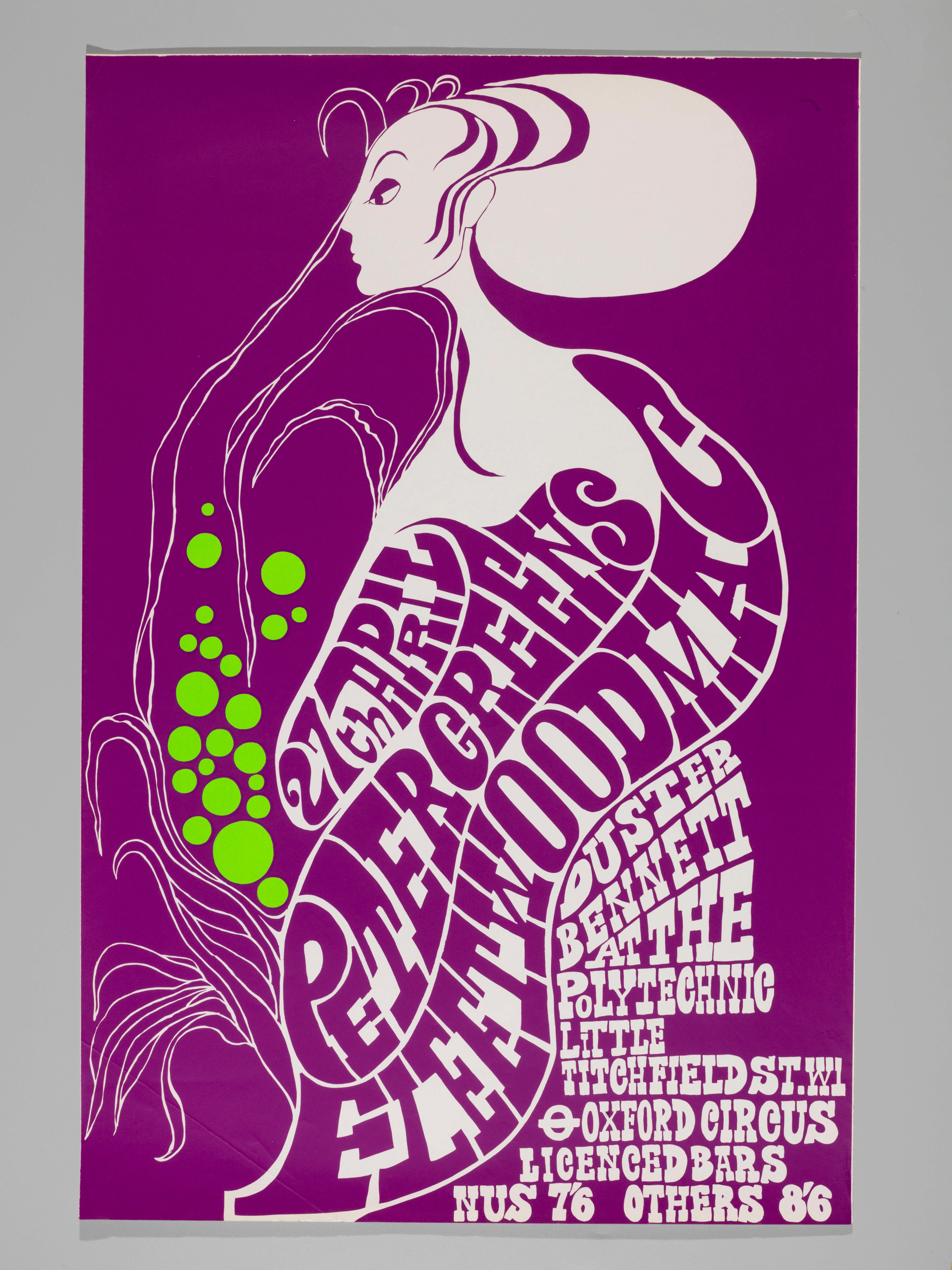
Fleetwood Mac at the Polytechnic, gig poster. Image Credit: University of Westminster Archive.
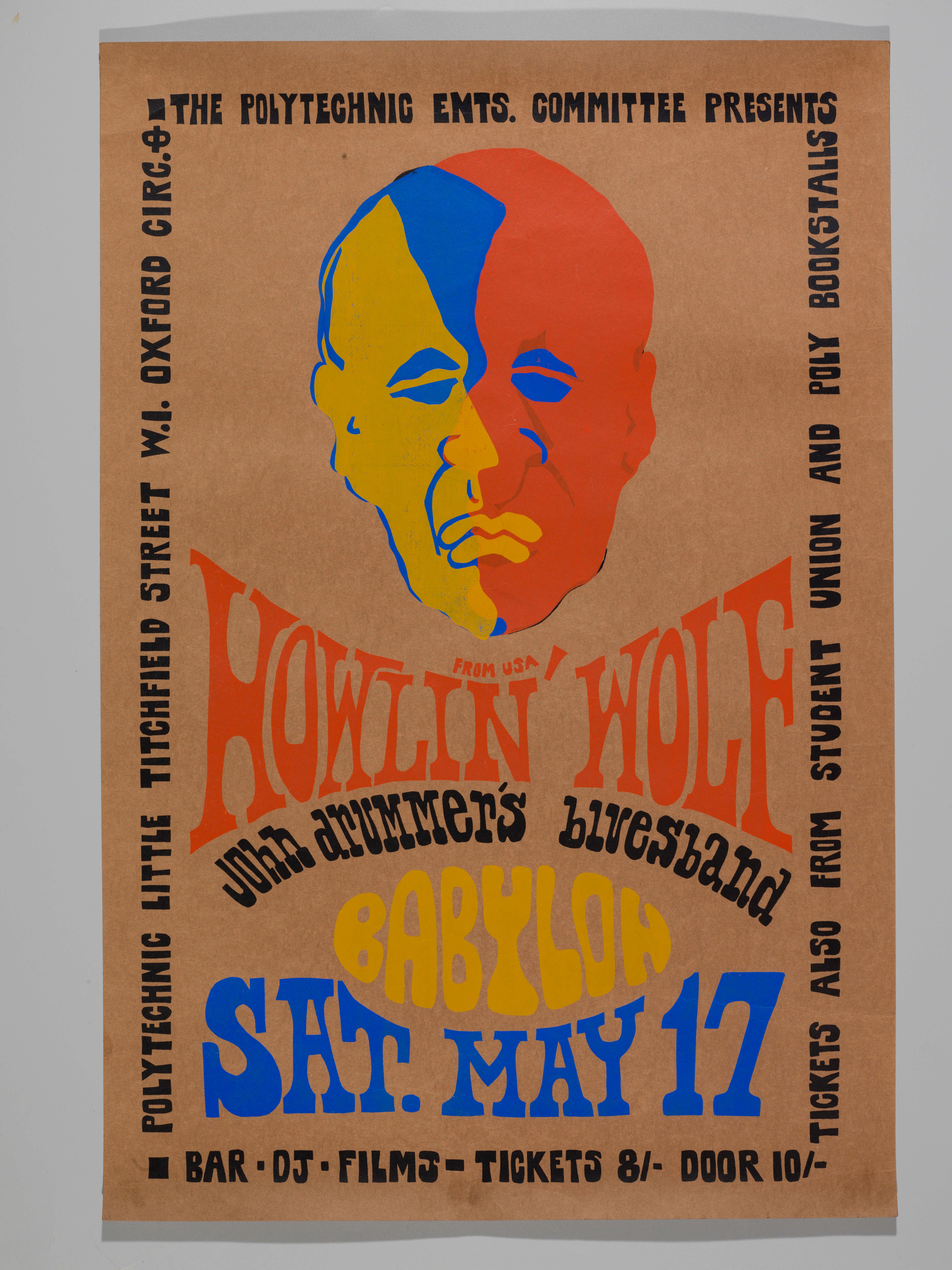
Howlin’ Wolf at the Polytechnic, gig poster. Image Credit: University of Westminster Archive.
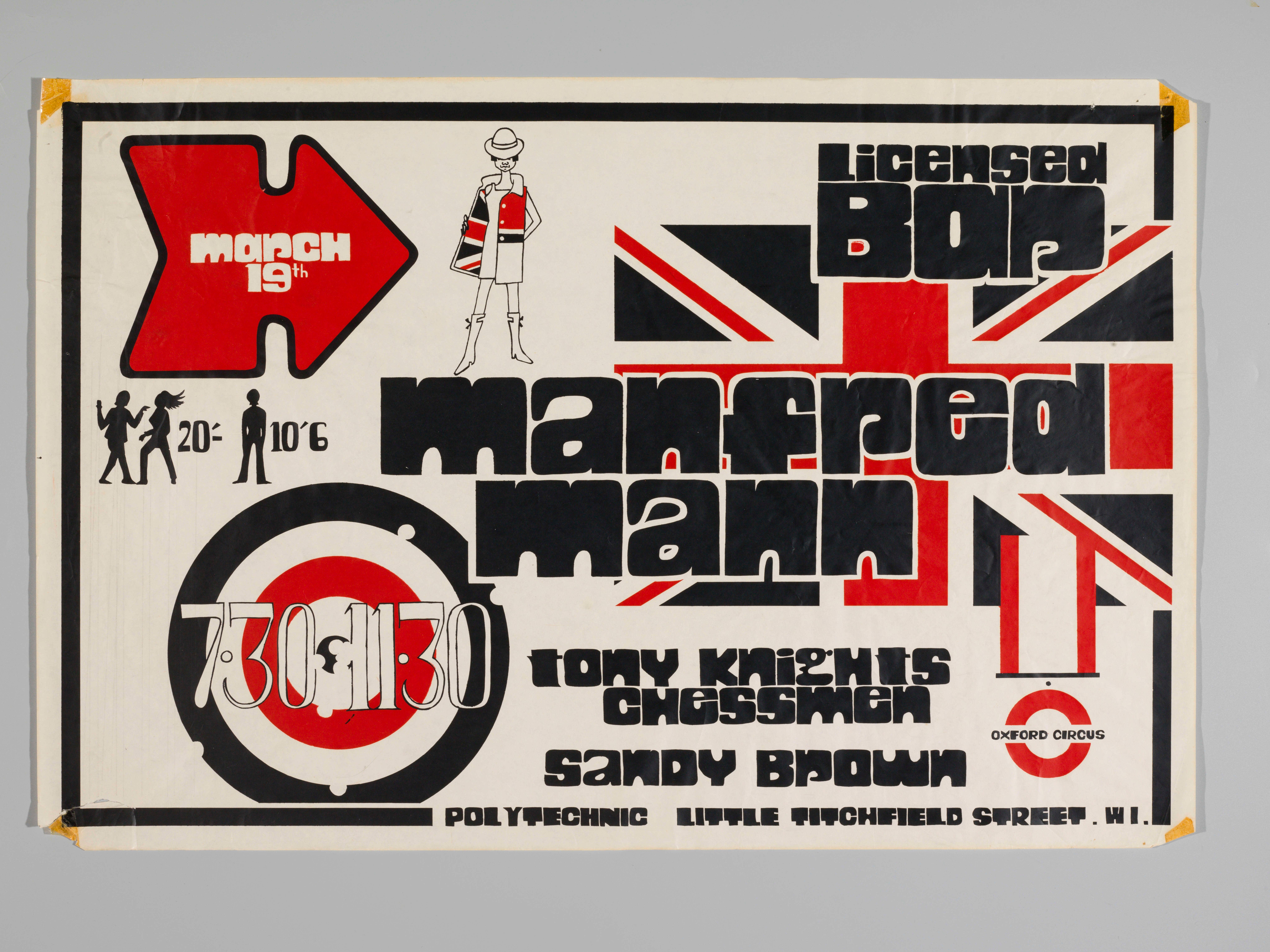
Manfred Mann at the Polytechnic gig poster. Image Credit: University of Westminster Archive.
Today’s School of Art
Today Westminster School of Art is situated within the College of Design, Creative, and Digital Industries (DCDI), one of Westminster’s three colleges, where it sits alongside the School of Media and Communications, the School of Computer Science and the School of Architecture and Cities. Harrow campus remains dedicated to subjects engaged with the creative and cultural industries and as such, Westminster School of Arts shares the campus with the School of Media and Communications. Our students and staff continue to benefit from the synergies that exist between these two schools and the opportunities for collaboration across all aspects of research and creative practice that this brings.
Westminster School of Arts continues the University’s commitment to providing industry-led, future-facing, practice oriented undergraduate and postgraduate courses. Students that come here join generations of artists, photographers, musicians and fashionistas that have walked through our doors. Certainly, some famous names have been associated with Westminster over the years. Luminaries such as Vivienne Westwood, Annie Nightingale, Pink Floyd’s Roger Waters, Nick Mason and Richard Wright, and the Rolling Stones’ Charlie Watts have all studied with us. Graduates from our School have been and continue to be changemakers, influencing and shaping the worlds of music, fashion and the arts.


